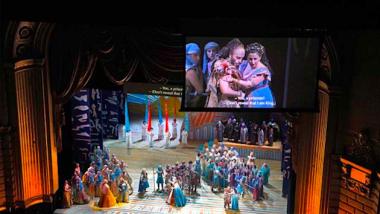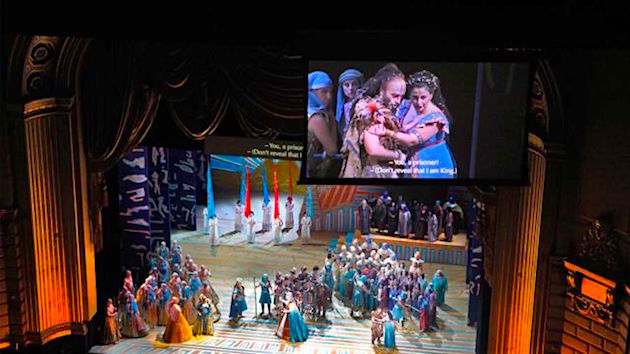
San Francisco Opera’s 2019 summer season is about to begin, offering Carmen (June 5–29), Orlando (June 9–27), Rusalka (June 16–28), and there is and will be plenty to read about that in SFCV.
This article takes a look at the infrastructure of facilities and budgetary considerations that make company operations possible. In the ever-challenging business of opera there is now turmoil reminiscent of the challenges faced by former General Director David Gockley, who was ultimately successful dealing with the manifold threats of the Great Recession a decade ago.
The budgetary and personnel cutbacks reported here two months ago, when directors of communications and development were laid off and their positions abolished, were not a one-off move by S.F. Opera General Director Matthew Shilvock, who said at the time that “reframing our education and media departments” was among the measures pending.
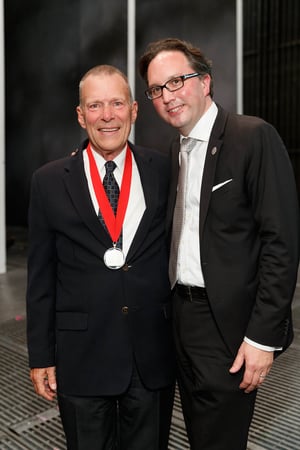
The changes, Shilvock has said, “while difficult, are part of a company restructuring that will allow San Francisco Opera to continue the critical work of connecting audiences to great opera within the revenue realities of the current time, and are consistent with the new mission, vision, and strategic framework that the San Francisco Opera board adopted in June 2018.”
The news that’s most visible to patrons is the coming discontinuation of OperaVision. The company’s Koret-Taube Media Suite — one of Gockley’s prime accomplishments — is providing OperaVision in the balcony where the 3,200-seat theater’s sound is the best, but the view of the stage is problematic, even for the remaining few in the aging audience with 20/20 vision.
“OperaVision HD video projection screens show close-ups of the drama unfolding on stage along with subtitles,” SFO has advertised, with justifiable pride, but the service will end after the summer season.
As Shilvock explains, “OperaVision has been made possible by the in-house media suite and robotic camera system installed in 2007. The equipment is now long past its expected lifecycle and is becoming inoperable. Sadly, each year, we experience increasing challenges with its stability.”
Sad too is the planned phasing out of other products of the media suite, which made commercial projects such as DVDs, cinemacasts, and PBS broadcasts. “The marketplace for commercial opera releases is exponentially harder now than in 2007,” Shilvock says. “Rebuilding the media suite would cost millions of dollars and, without the commercial possibilities that existed in 2007, it does not make sense for us to further invest our financial resources into this area at this time.”
Ending future OperaVision service, gradually reducing commercial video products, and eliminating the media suite’s senior manager/electronic media position are expected to save some $400,000 annually.
These and other measures, Shilvock says, are necessary “if we are to ensure a strong, vibrant future for opera in San Francisco. If there was a source of funding for the next generation of media programs, one that doesn’t detract from funding operas on the mainstage, we would be thrilled.”
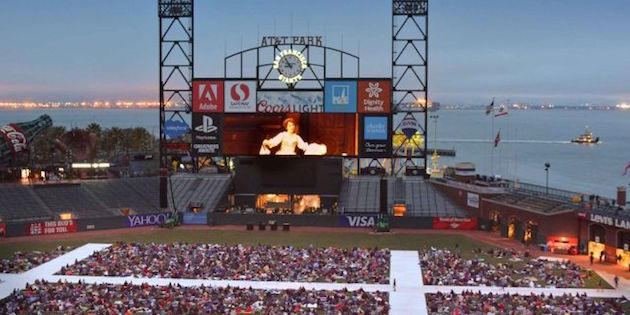
Apparently, in-house recordings and annual free live opera simulcasts to the ballpark will continue, using remaining elements of the media suite. Of special importance is the continued capturing of productions for the archives.
Cutbacks also involve significant and ongoing changes in the restructuring of the education department, according to Shilvock:
A new department will combine an educational focus with some exciting new priorities that we expect to announce next month, priorities that align with the company’s new strategic framework.
The company will also continue to work with the S.F. Opera Guild to reach as many students as possible. As a result of this reframing, SFO Director of Education Ruth Nott will be leaving the company at the end of July.
Ruth has given extraordinarily dedicated service to the Opera and to the broader community for over 11 years, creating vanguard programs that have become a model for arts education across the country. She has led with heart, integrity, and vision, and her legacy here will be lasting.
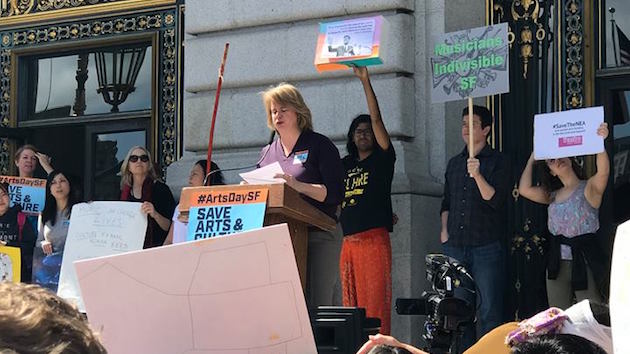
About the company’s revenue situation, Shilvock says it’s a “multifaceted one, with excellent news on the subscription front and incredible generosity through the quiet phase of an endowment campaign in support of the company’s centennial. However, there is still a great deal of work to do to build a single ticket audience, and the endowment goal has placed pressure on our ability to meet $40 million-plus in annual funding.
“To bring expenses into line with realistic revenues, we determined that expense budgets need to be reduced by $5 million per year, and that we not affect our core mission — compelling, inspiring opera at the highest level of excellence.”
The plan to save $5 million in expenses was first announced internally at a Feb. 28 company meeting. That’s the amount reflected in the reduction of the projected SFO budget from $76 million to $71 million.
Gockley’s forecast for the 2022 centennial season’s budget was $92 million, which today looks a long way from both the original and modified current budget.

